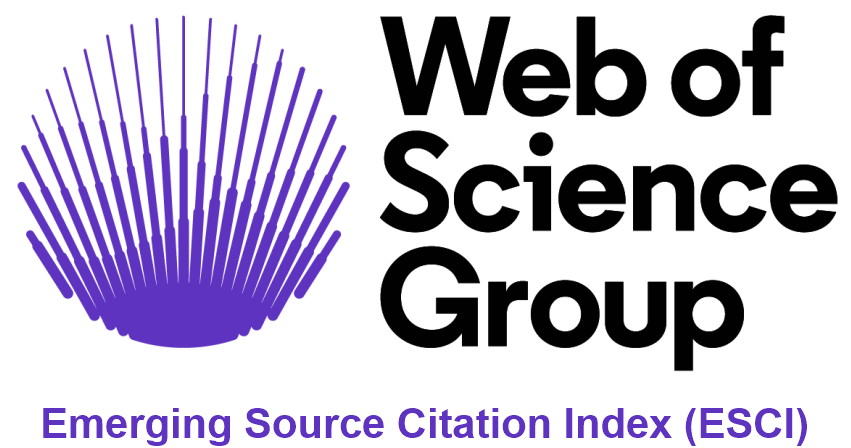Maize production (Zea mays L.) In the state of Puebla: using spatial equilibrium approach to identify the most competitive producing zones.
DOI:
https://doi.org/10.22231/asyd.v11i2.72Keywords:
consumption, imports, offer, linear programmingAbstract
Focalization of resources by the government to support maize
production in the zones with high productive potential
requires identifying the most competitive zones. In order
to determine the most competitive maize (Zea mays L.)
producing zones in the state of Puebla, a solution for a spatial
and inter-temporal equilibrium model was obtained that
takes into account the demand, the offer, the distribution of
production and imports, and the supply for consumption in
each consumer zone. The model used data from the 2008-
2010 period and four solutions were obtained corresponding
to the base year and to gradual reductions in maize availability
for consumption, as a result of the decrease in state imports.
Results indicate that faced with a reduction of state imports of
25 %, maize production in Cholula and Tecamachalco would
increase in 56 and 34 thousand tons, respectively, defining
these regions as the most competitive. In general, the most
competitive production zones are those that show the highest
yields and are located closer to the consumption centers.
Based on the results, it is recommended that the government
support maize production in the state, particularly in the
most competitive zones.
Downloads
Published
How to Cite
Issue
Section
License
Authors who publish in this journal accept the following conditions:
- The authors retain the copyright and transfer to the magazine the right of the first publication, with the work registered with the Creative Commons attribution license, which allows third parties to use what is published as long as they mention the authorship of the work and the first publication in this magazine.
- Authors may make other independent and additional contractual arrangements for non-exclusive distribution of the version of the article published in this journal (e.g., including it in an institutional repository or publishing it in a book) as long as they clearly indicate that the work It was first published in this magazine.
- Authors are permitted and encouraged to publish their work on the Internet (for example on institutional or personal pages) before and during the review and publication process, as it can lead to productive exchanges and greater and faster dissemination of the work. published (see The Effect of Open Access).













